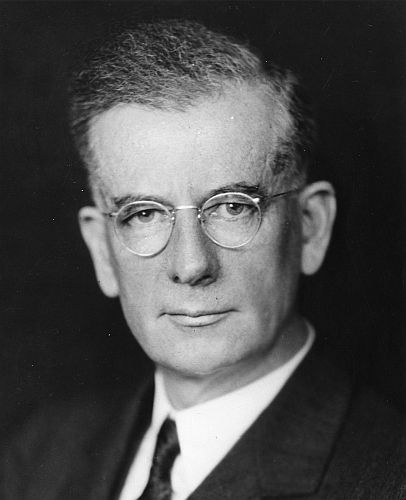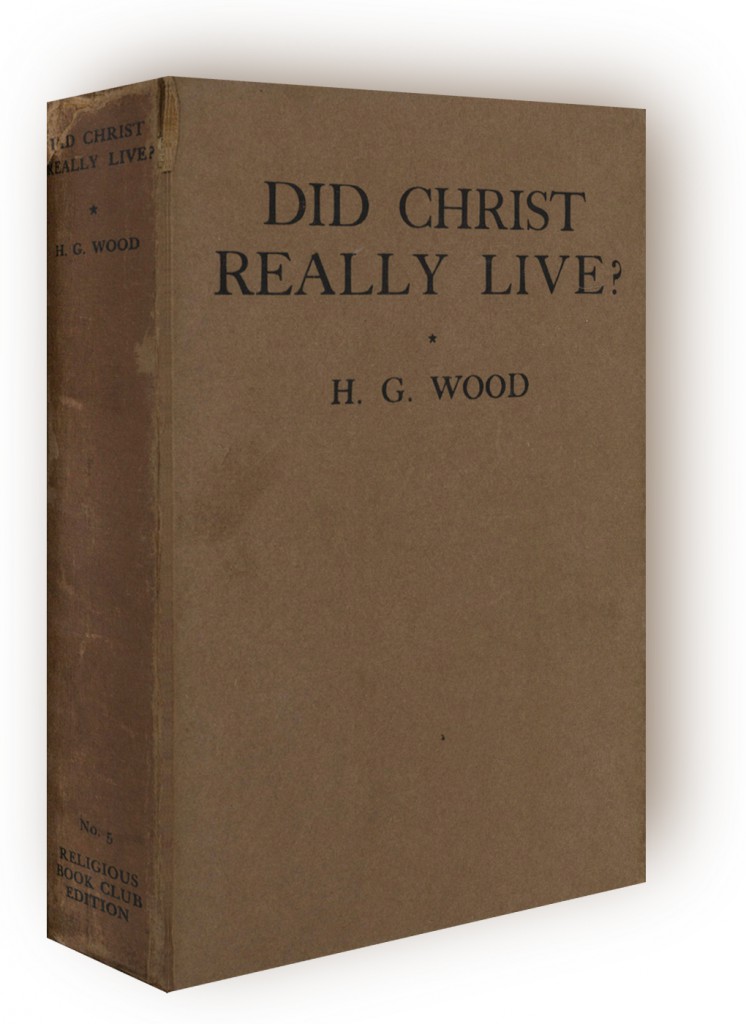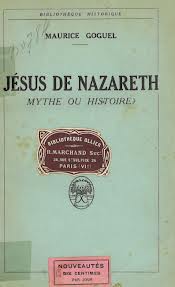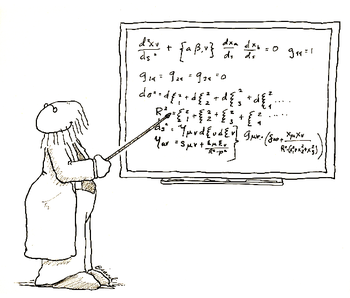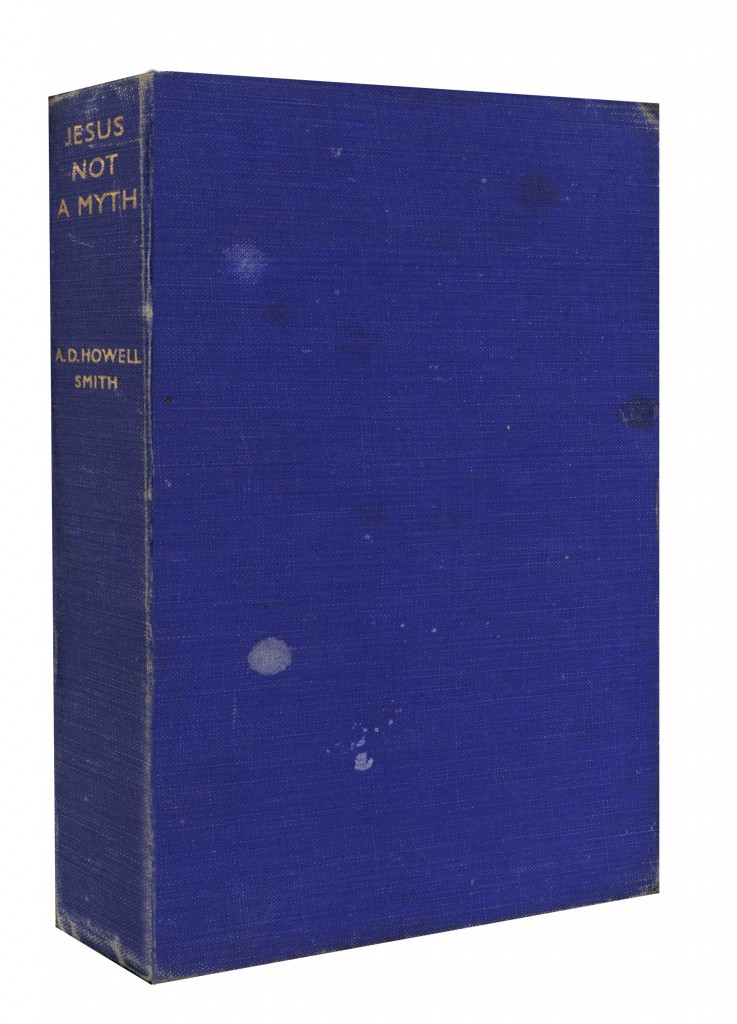 Good old reliable Professor James McGrath and a few of his peers*, blissfully unaware of some of the highly respected names both within and outside New Testament scholarship who have happened to be bold enough to declare their maverick suspicions that there was no historical Jesus, make it clear that if you come out as seriously pondering such a view in their presence they will shut you up immediately scornfully mocking and insulting you. If you dare to ask why they insist the view is such a stupid one they will often enough declare that the arguments have been dealt with and laid to rest long ago.
Good old reliable Professor James McGrath and a few of his peers*, blissfully unaware of some of the highly respected names both within and outside New Testament scholarship who have happened to be bold enough to declare their maverick suspicions that there was no historical Jesus, make it clear that if you come out as seriously pondering such a view in their presence they will shut you up immediately scornfully mocking and insulting you. If you dare to ask why they insist the view is such a stupid one they will often enough declare that the arguments have been dealt with and laid to rest long ago.
In our previous post we introduced another early author who tackled mythicism, A. D. Howell Smith. We covered his overview of the various mythicist authors and ideas extant, along with their contemporary critics, in the late nineteenth and early twentieth centuries.
This post continues a little series responding to the assertion that the Christ myth notion has long ago been dealt with and demolished. Rather, we will conclude that it has been more generally ignored. The most recent attempts to have dealt with it (McGrath, Casey) are more about character-assassination of those who post anything sympathetic to the idea and about ridiculing caricatures of the arguments. (Ehrman, as has by now been well demonstrated, appears not to have even read, or at least read incredibly superficially, the arguments he set out to refute.) I myself have never posted an argument for the Christ myth theory, but along with a good many others I can see some gaping logical holes in the arguments used to defend the assumption that Jesus did exist. In addition to rationalisations of this assumption we often encounter even liberal scholars resorting to rhetorical questions that essentially appeal to the expected ignorance or lack of imagination of their lay audience.
Of the names carelessly assumed to have long ago accomplished the intellectual demolition of mythicism we have seen that our first two, Goguel and Wood, explicitly stated at the outset of their works that they were NOT going to seriously address the arguments of the mythicists.
In our previous post we introduced another early author who tackled mythicism, A. D. Howell Smith. We covered his overview of the various mythicist authors and ideas extant, along with their contemporary critics, in the late nineteenth and early twentieth centuries.
Howell Smith was not a professional scholar so perhaps that is why his book arguing against the mythicists of his day is not so well known. His book, Jesus Not a Myth, however, is well informed by the scholarship of his day. As we saw in the previous post Howell Smith in 1942 noted how very few scholars in the English speaking world had taken up the case against mythicism and those who had were flawed by their conservative religious bias. It was for that reason he wrote the book I am discussing in this post, Christ Not a Myth.
Howell Smith’s work stands out for its occasional acknowledgement of strengths in some of the mythicist argument. I am not sure I have encountered any contemporary scholar who is prepared to concede any ground whatever to mythicist arguments, a trait that smells like polemics born of insecurity and fear rather than genuine engagement with the arguments. Here are some of my earlier posts covering Howell Smith’s refreshingly honest arguments.
James the Brother of The Lord
Yes, it really is possible to question that famous passage in Galatians where Paul speaks of the “James, the brother of the Lord” — a phrase that is most commonly misquoted as “brother of Jesus” by those using it to rhetorically hammer mythicists. Howell Smith, however, is confident enough to openly concede that scholarly arguments are not uniformly and utterly watertight:
Continue reading ““It is absurd to suggest. . . . ” (A rare bird among the anti-mythicists)”
Like this:
Like Loading...

